Imagine a creature so powerful, yet so unassuming, that its daily routines can transform barren landscapes into thriving, watery paradises. Beavers, with their relentless energy and remarkable ingenuity, are the unsung architects of nature. Their work doesn’t just shape their own homes—it breathes life into entire ecosystems, creating oases where countless plants and animals flourish. When you step into a beaver-created wetland, you’re not just witnessing the handiwork of a rodent; you’re stepping into a world built by one of nature’s most dedicated engineers. The story of how beavers build and maintain wetlands is one of surprising complexity, delicate balance, and enduring wonder.
The Master Builders of Nature
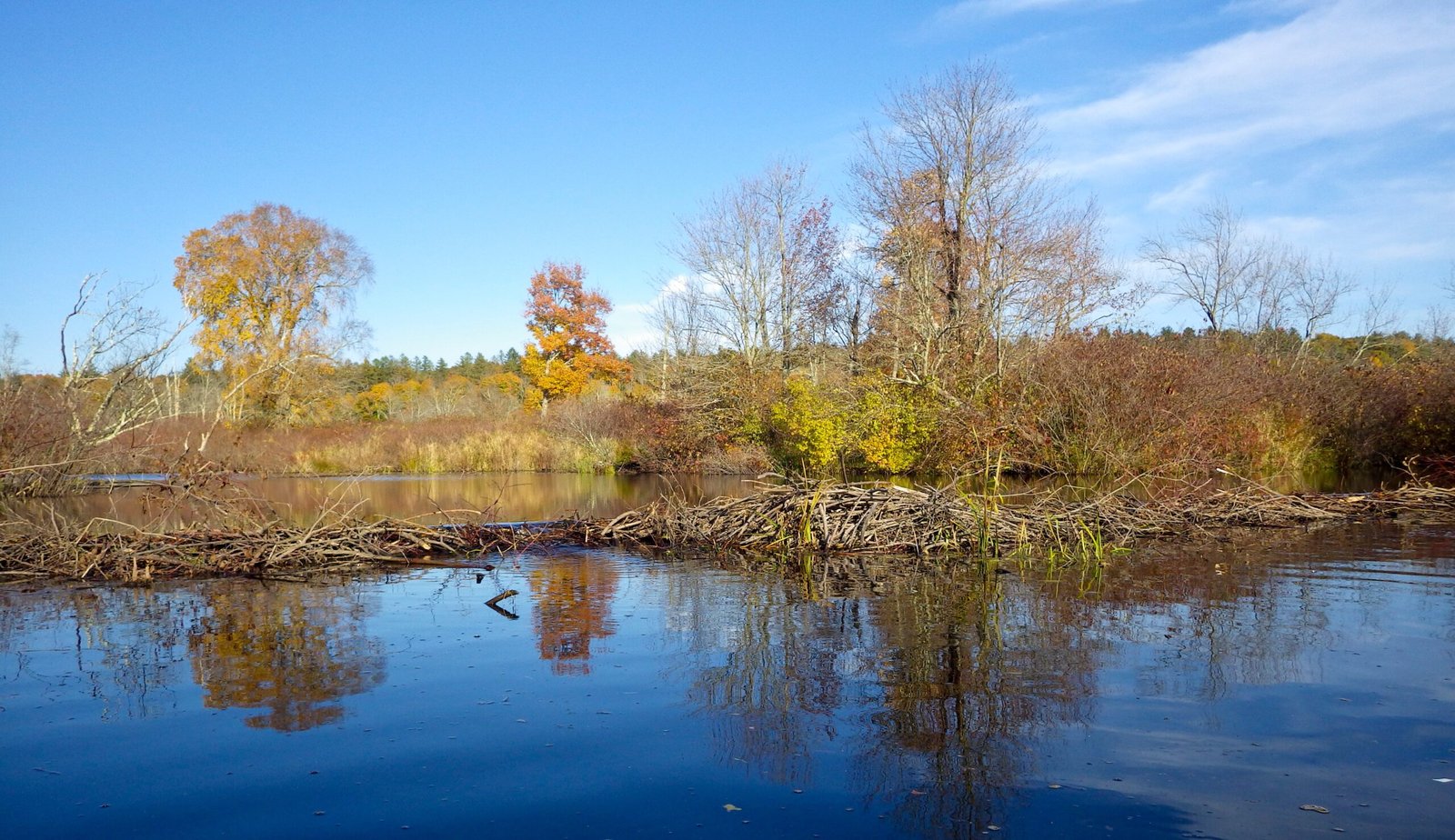
Beavers are often called “nature’s engineers” for good reason. With their strong teeth and unyielding determination, they can fell trees many times their size. By collecting branches, logs, and mud, they construct sturdy dams across streams and rivers. These dams slow the flow of water, creating ponds and wetlands in areas that might otherwise remain dry. Unlike any other animal, beavers alter their environment on such a massive scale that they change the local landscape, sometimes visible even from space. Their construction skills rival those of human engineers, yet their tools are simply teeth, paws, and a keen sense for water. Each dam they build is unique, tailored to the contours of the land and the needs of the beaver family.
How Beaver Dams Transform Landscapes
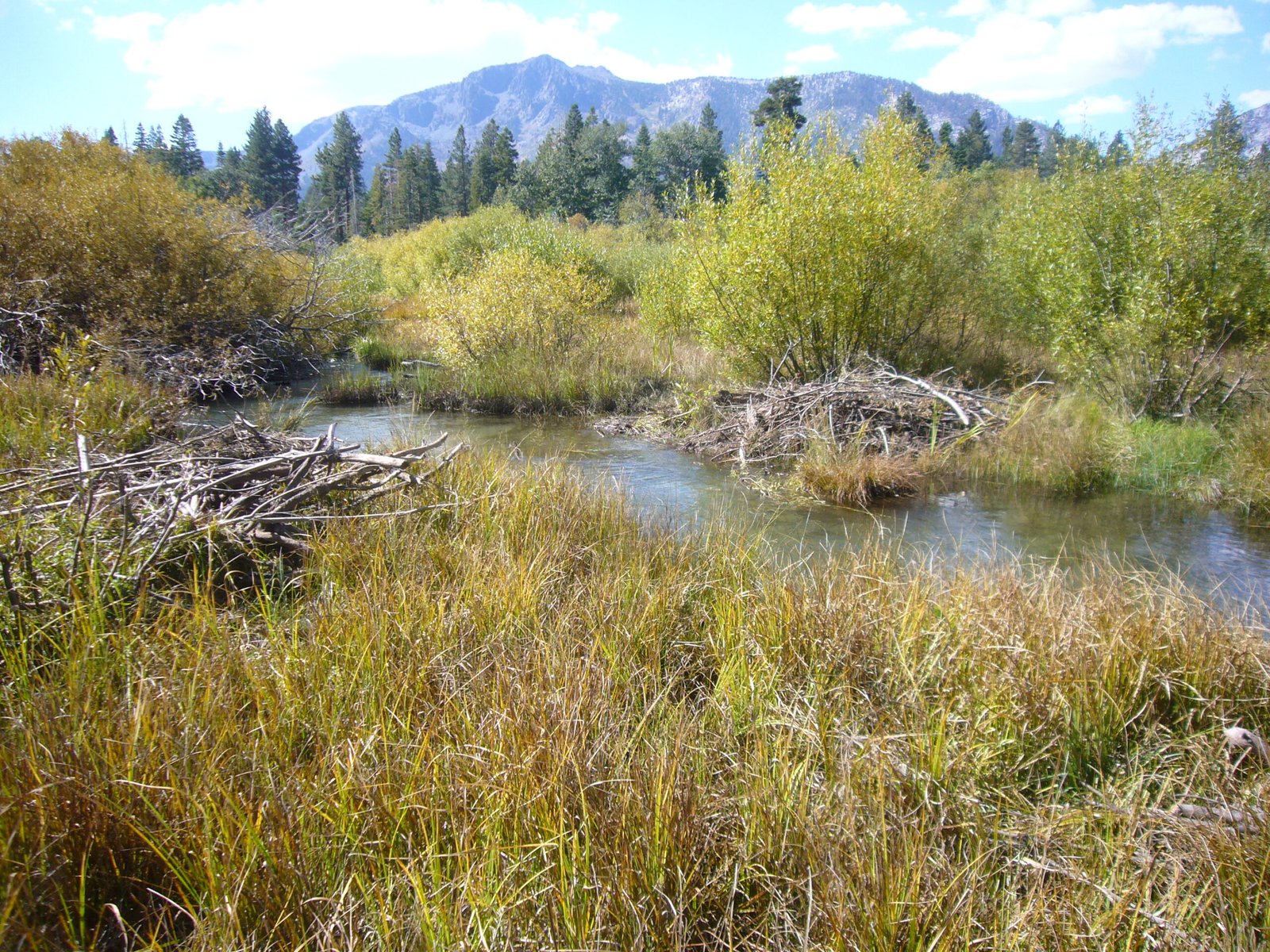
When a beaver dam goes up, the world around it changes almost overnight. Water that once rushed quickly downstream now pools behind the dam, spilling out across the land and soaking into the soil. This new wetland habitat becomes a magnet for life. Grasses and water-loving plants spring up along the edges, and the air fills with the buzz of insects and the croak of frogs. The standing water nurtures willows, alders, and other trees that thrive in moist soil. The entire landscape becomes more lush and vibrant, supporting creatures that would never survive in the fast-moving stream that existed before. In just a season or two, a beaver’s dam can turn a trickle of water into a thriving, green paradise.
Wetlands: Cradles of Biodiversity
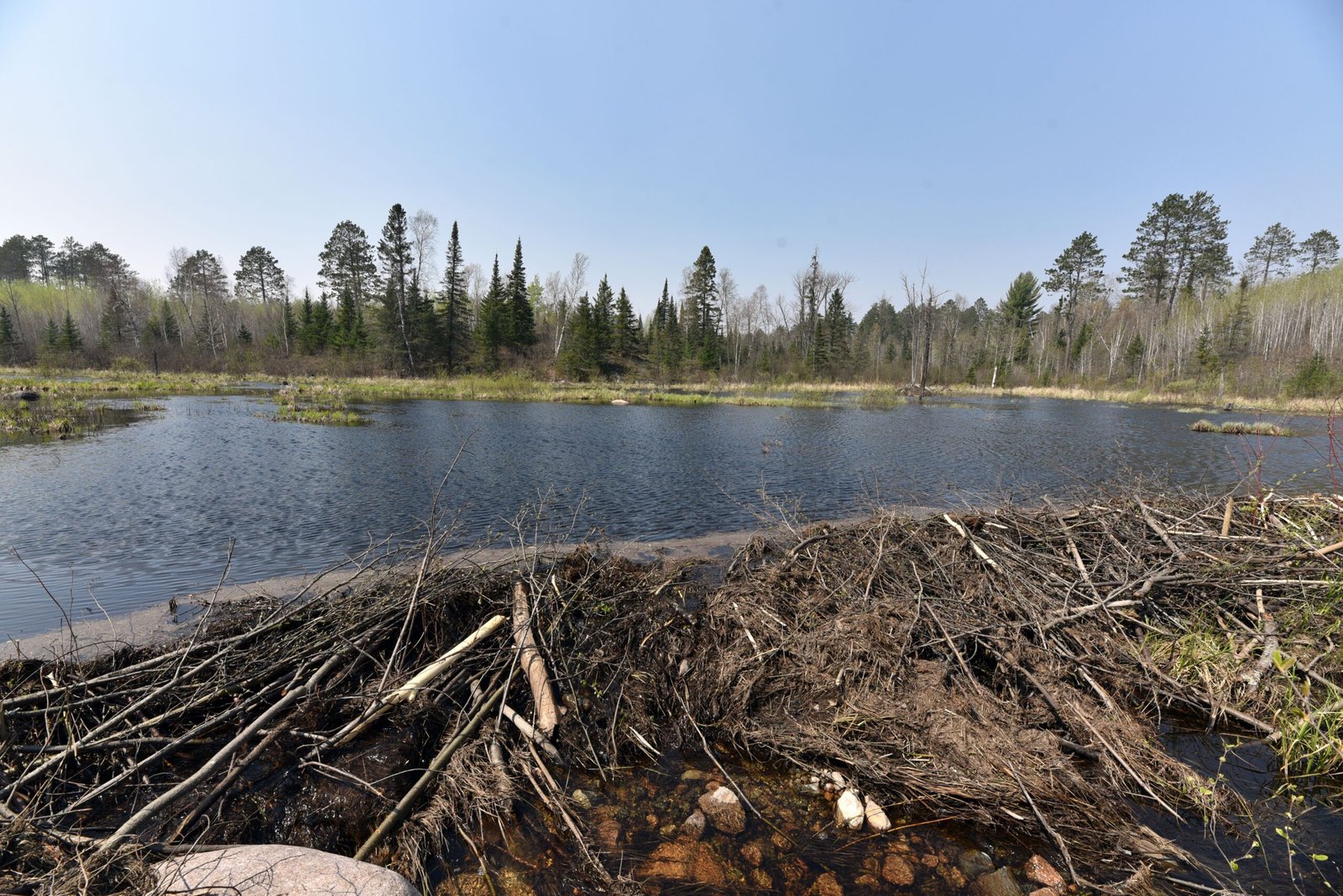
Wetlands are among the world’s most productive ecosystems, and beavers are the magic-makers that bring them to life. The ponds and marshes created by beaver dams are home to a stunning variety of life forms. Birds like herons, ducks, and kingfishers flock to these watery havens to nest and feed. Fish find new places to spawn and hide from predators. Amphibians and reptiles bask on the sunny banks, while mammals like otters and muskrats share space with the beavers themselves. Even the plants are diverse, with reeds, cattails, and lilies thriving in the shallow water. Each new wetland is a living tapestry, woven together by the beaver’s careful touch.
Beavers and Water Management
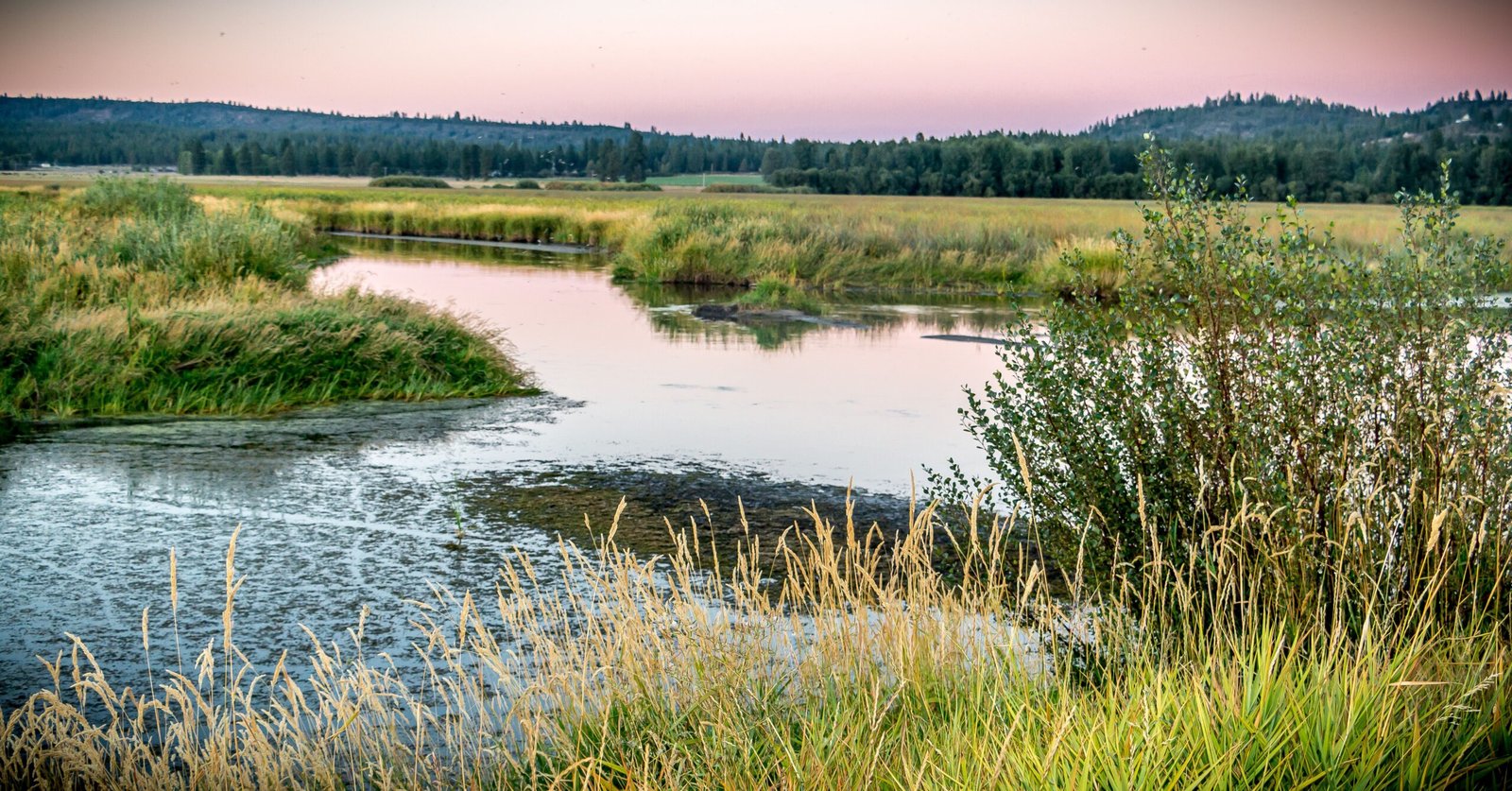
Beaver-built wetlands do more than support wildlife; they play a critical role in managing water in the landscape. The ponds and marshes created by beaver dams help to store water during rainy periods and slowly release it during dry spells. This natural regulation reduces the risk of floods and droughts, making the surrounding land more resilient. Water filtered through beaver wetlands emerges cleaner, as sediments and pollutants are trapped in the mud and plants. In many places, beaver activity has been shown to dramatically improve water quality, benefiting both people and wildlife. The humble beaver acts as a living water manager, working tirelessly to keep the ecosystem in balance.
The Science of Beaver Engineering

Scientists have marveled at the complexity of beaver engineering. Using only instinct, beavers design their dams for maximum strength and stability. They place large logs at the base, weave smaller sticks through the gaps, and pack everything with mud to hold it together. Their keen sense of hearing helps them detect leaking water, prompting immediate repairs. Researchers have found that beaver dams can last for decades, some even for over a century if maintained by successive generations. The science behind their construction is a blend of biology, hydrology, and sheer hard work—proof that nature can be the greatest engineer of all.
Beavers as Ecosystem Engineers
The term “ecosystem engineer” refers to animals that create, modify, or maintain habitats in ways that benefit other species. Beavers are perhaps the most famous example. By building dams, they increase the complexity of the landscape, creating microhabitats for countless organisms. Their ponds support aquatic plants, while fallen trees left behind offer shelter for insects and small mammals. Even after beavers abandon a site, their legacy lives on. The wetlands they create can persist for years, slowly transitioning back to forest as the dam eventually breaks down. In this way, beavers shape not just the present, but the future of the land.
Beavers and Climate Change Resilience
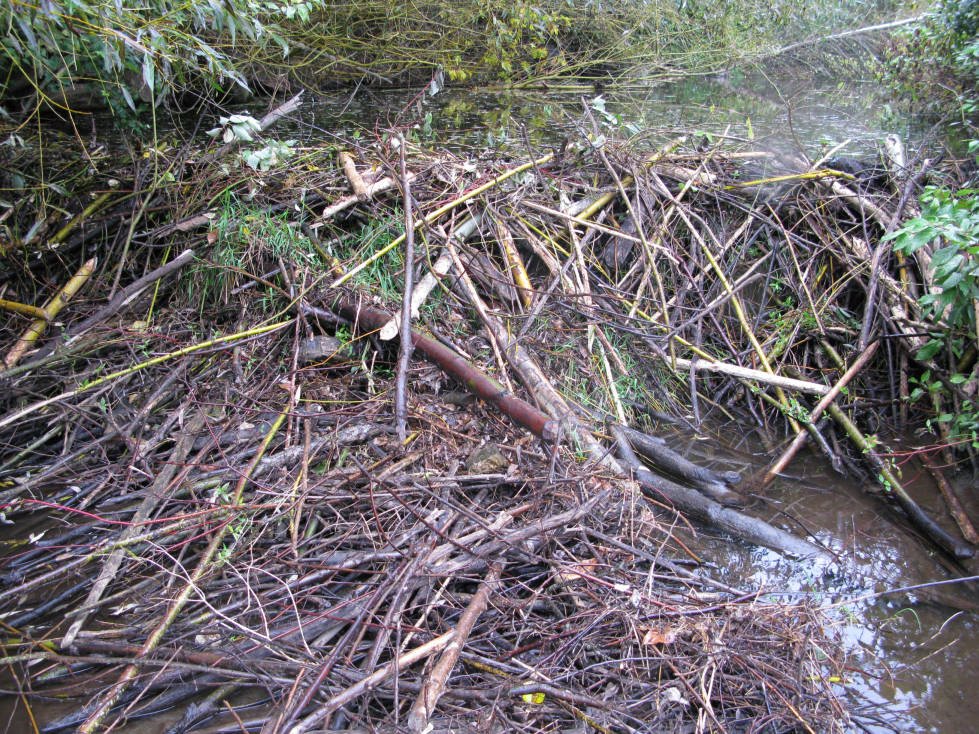
As the planet faces more extreme weather due to climate change, beaver wetlands are proving to be vital allies. Their ability to store water helps buffer the effects of both heavy rains and extended droughts. Wetlands also act as carbon sinks, trapping greenhouse gases in the rich, muddy soils. This means beavers aren’t just building homes for themselves—they’re helping to fight climate change and protect communities from its worst impacts. In some regions, conservationists are actively reintroducing beavers to restore degraded landscapes and boost climate resilience. The beaver’s ancient craft has become a modern solution to a pressing global problem.
Challenges Facing Beavers
Despite their benefits, beavers have faced many challenges. In the past, they were hunted extensively for their fur, driving their numbers to near extinction in some areas. Loss of habitat due to agriculture and development also threatens their survival. Sometimes, their dam-building can conflict with human interests, flooding roads or farmland. However, attitudes are shifting as people recognize the value of beaver wetlands. New approaches, like “beaver coexistence” projects, seek to find creative solutions that benefit both people and beavers. By understanding and respecting beavers, we can ensure their vital work continues.
Fascinating Behaviors and Social Life
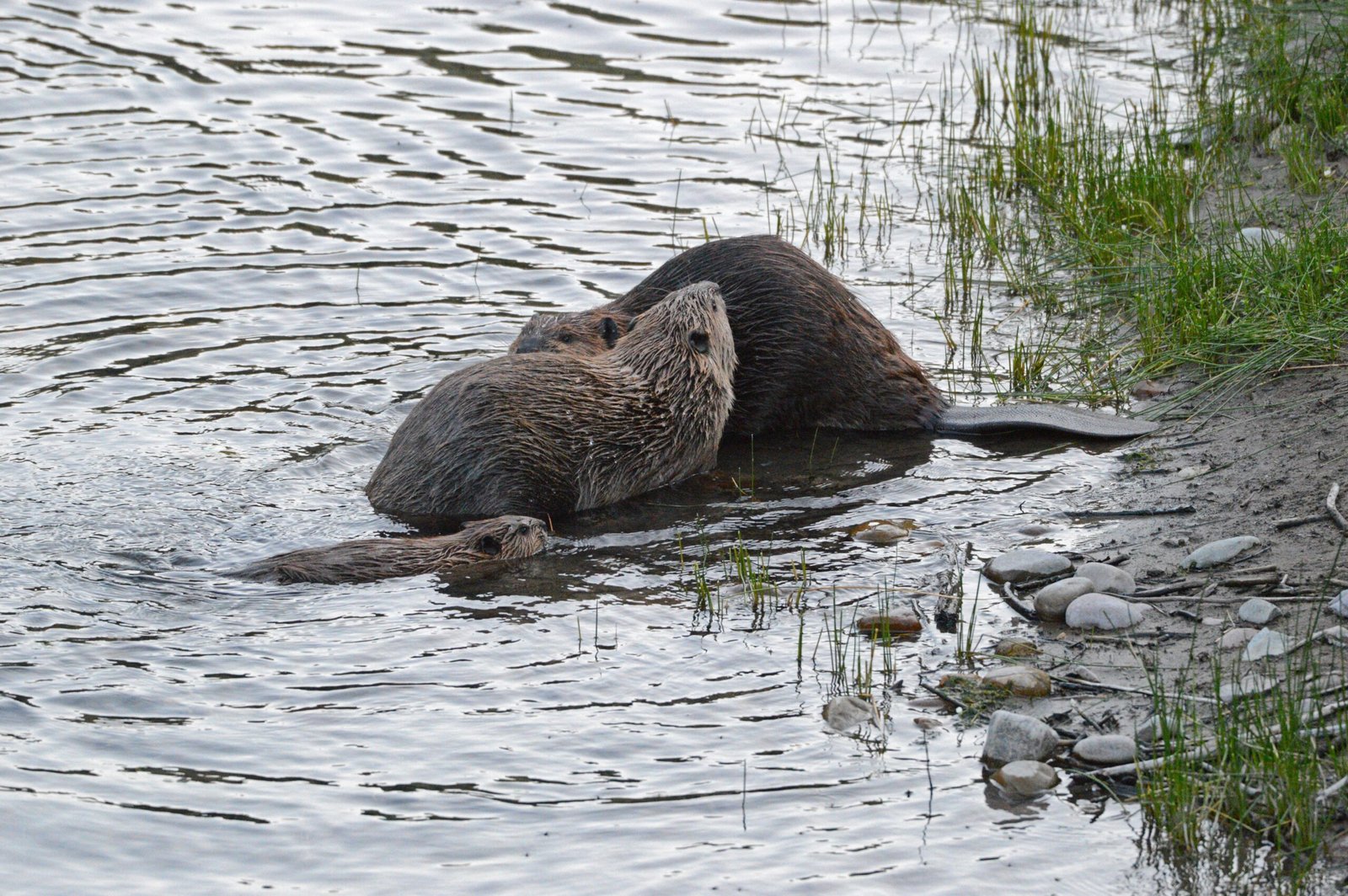
Beavers are more than just builders; they are deeply social animals with rich family lives. A typical beaver colony consists of a monogamous pair and their offspring—kits from the current year, plus “teenagers” from the year before. Family members work together to construct and maintain their dam and lodge. Inside the lodge, cozy chambers provide shelter from cold winters and hungry predators. Beavers communicate with tail slaps on water, scent markings, and a variety of vocalizations. Watching a beaver family at work is a lesson in teamwork, patience, and the power of cooperation.
Beavers and Human History

Beavers have long played a significant role in human history. Indigenous peoples respected beavers for their skills and the richness they brought to the land. In North America, the fur trade centered around beaver pelts, shaping economies and even the boundaries of nations. Today, beavers are gaining new appreciation as partners in conservation. Their ancient wisdom, passed down through generations, is a reminder that sometimes the simplest solutions are the most effective. The beaver’s story is deeply intertwined with our own, and its resurgence is a hopeful sign for the future of our shared environment.
The Ripple Effect of Beaver Activity
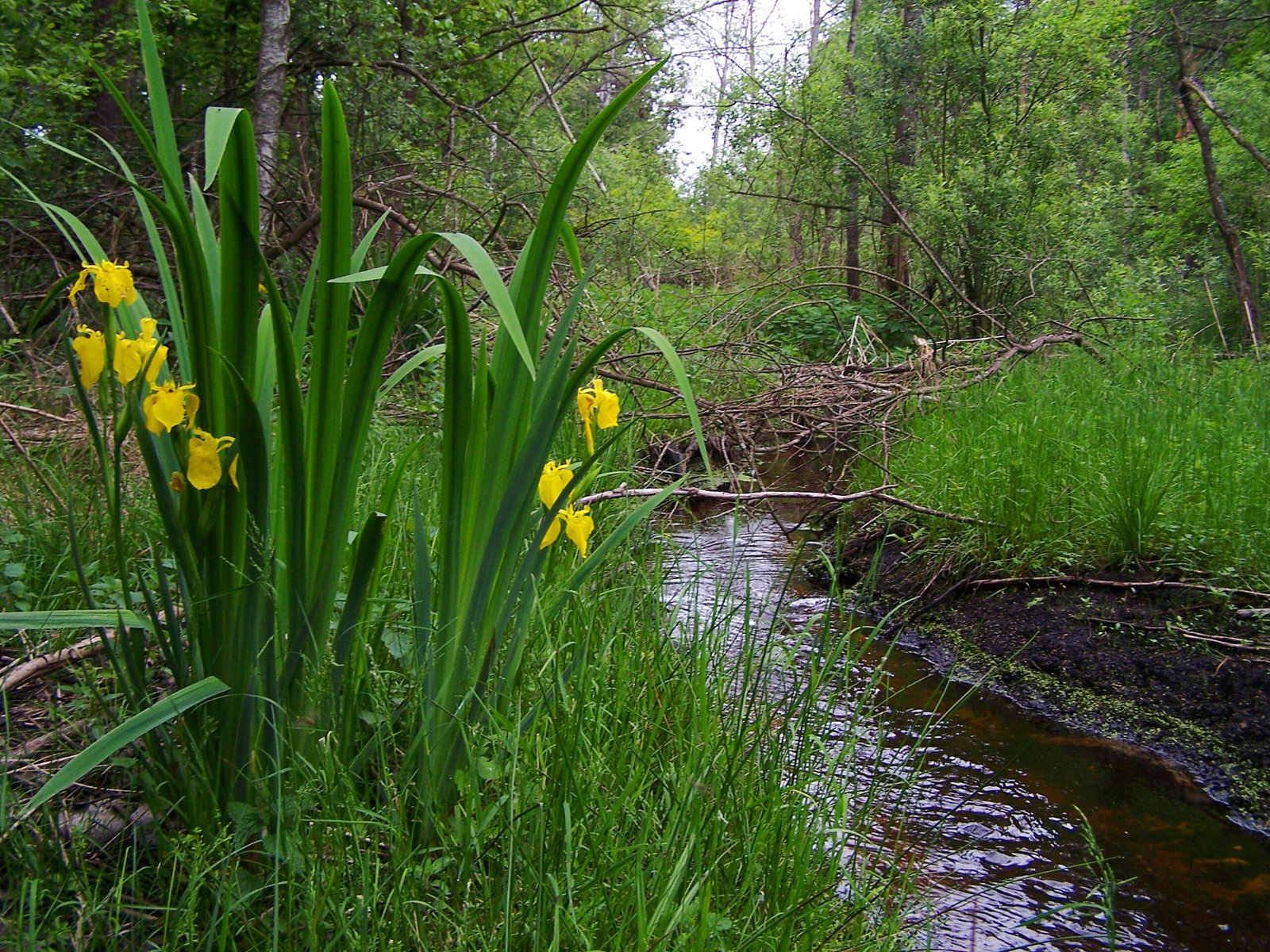
Every dam a beaver builds sends ripples through the ecosystem, both literally and figuratively. Beyond the immediate area, the effects can be felt downstream as water levels stabilize and habitats expand. Migratory birds return to nest, fish populations rebound, and entire communities of plants and animals thrive. The ripple effect even touches people, as clean water, reduced floods, and beautiful landscapes become part of the beaver’s gift. This web of life, anchored by a single animal’s determination, is a powerful reminder of how interconnected we all are.
The Call to Value and Protect Beavers
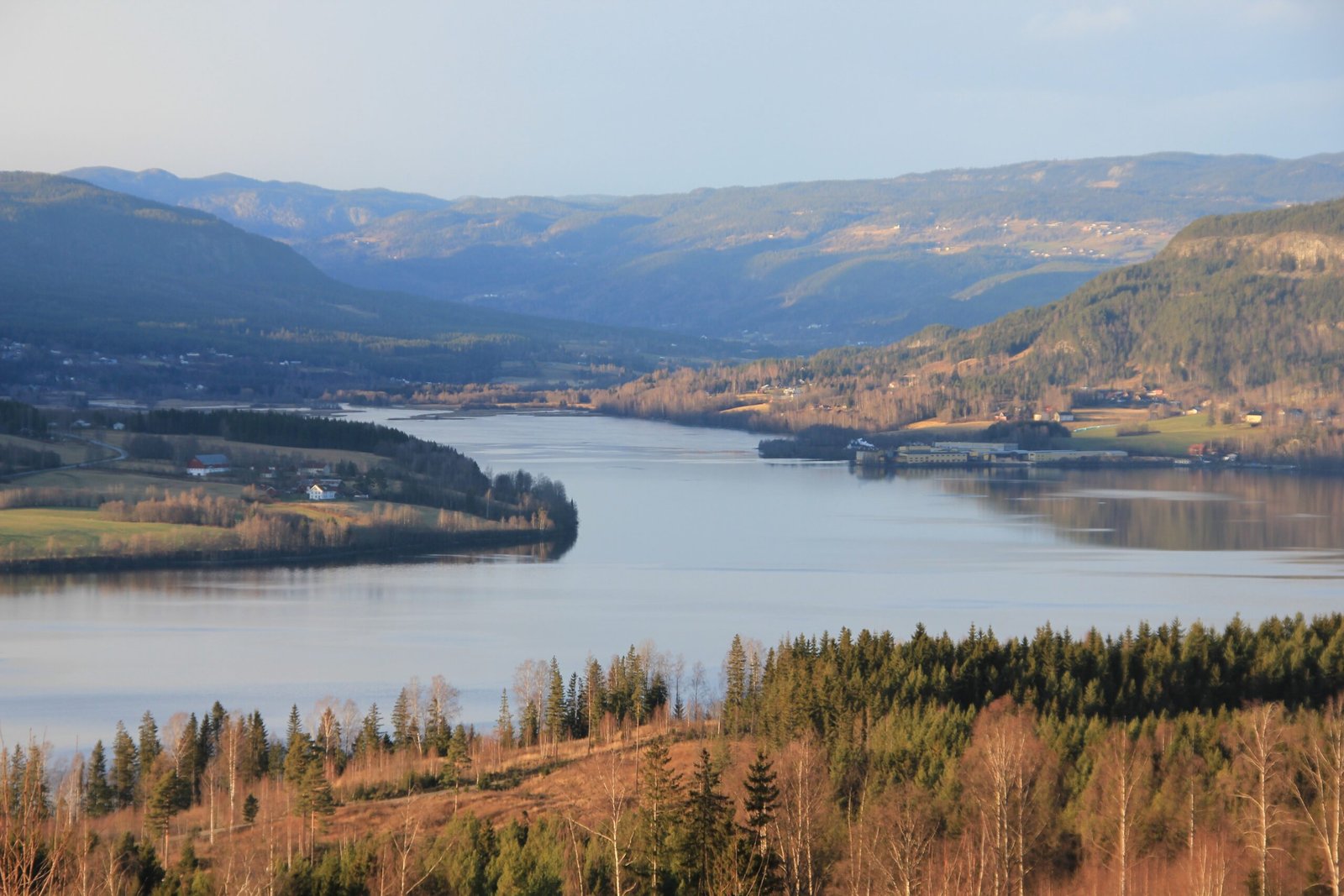
The story of beavers is one of resilience, creativity, and quiet power. Their ability to transform the land is nearly unmatched in the animal kingdom, and the benefits they bring extend far beyond their own kind. By valuing and protecting beavers, we invest in the health of our wetlands, the diversity of our ecosystems, and the stability of our climate. Next time you see a pond or marsh, remember—it might just be the work of a humble beaver, working tirelessly for a world that belongs to us all. Are you surprised by the beaver’s incredible impact?



